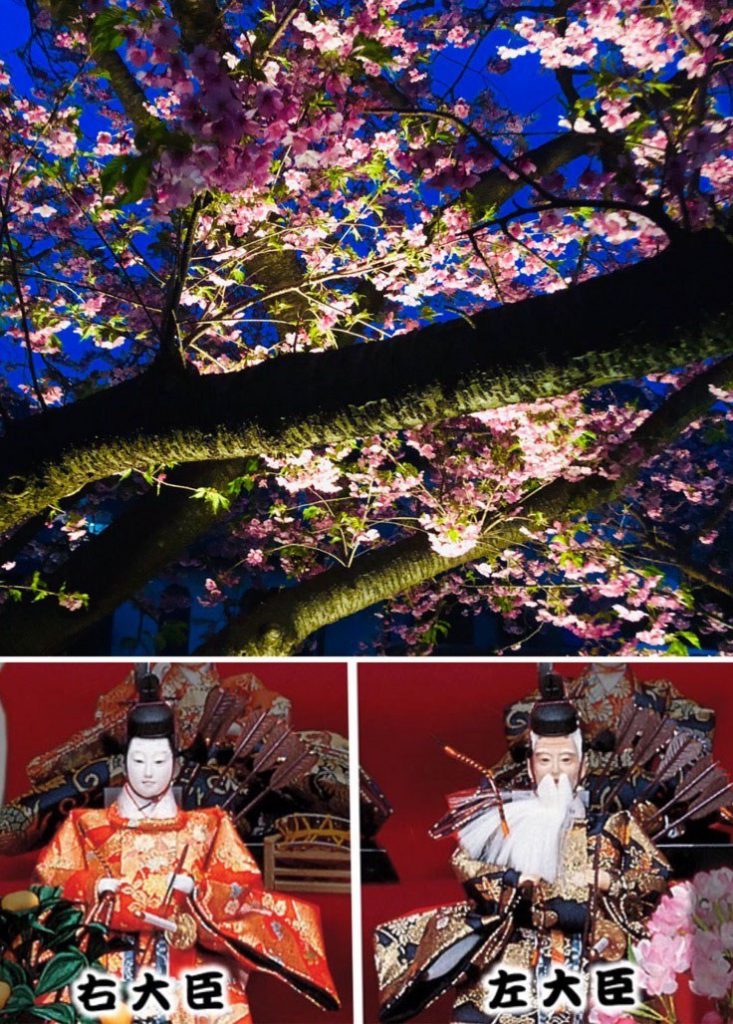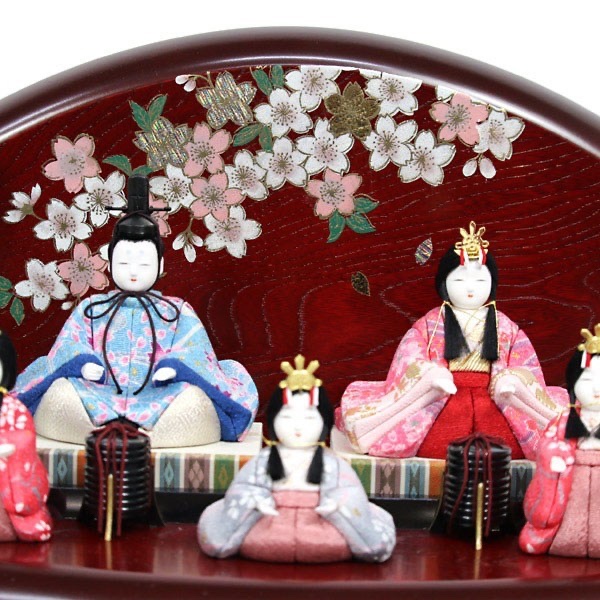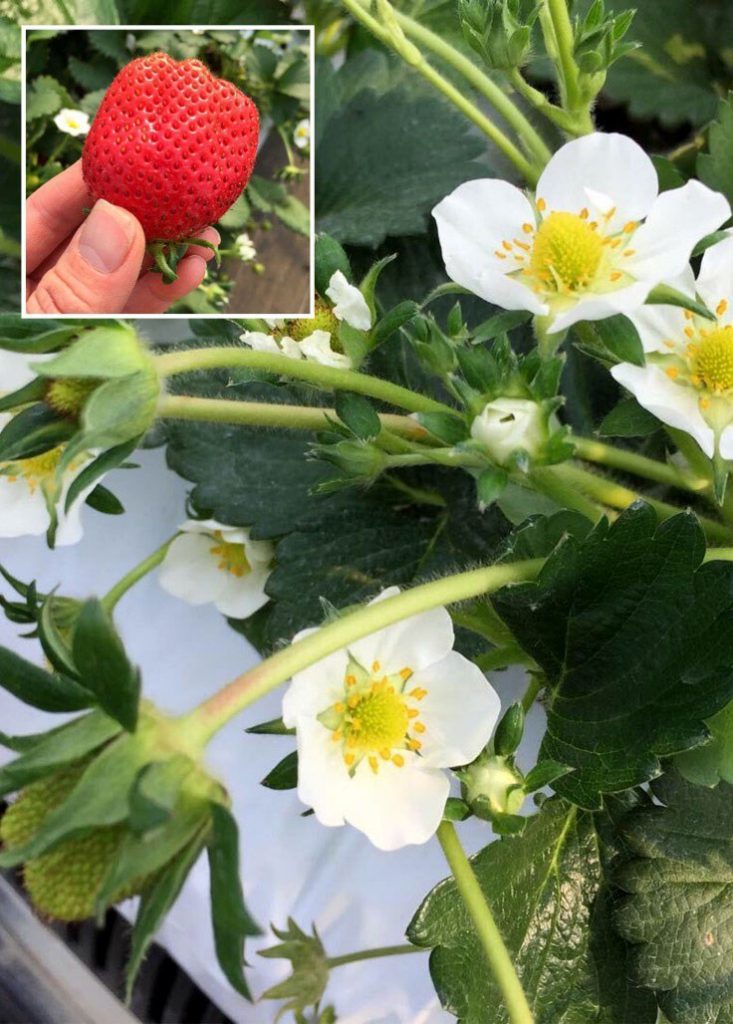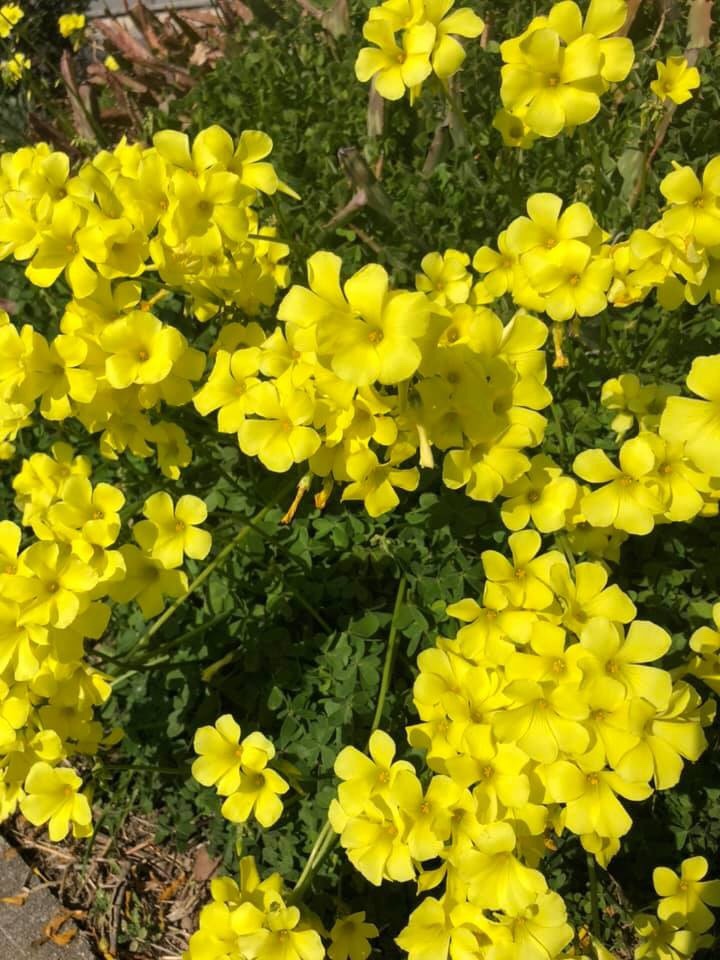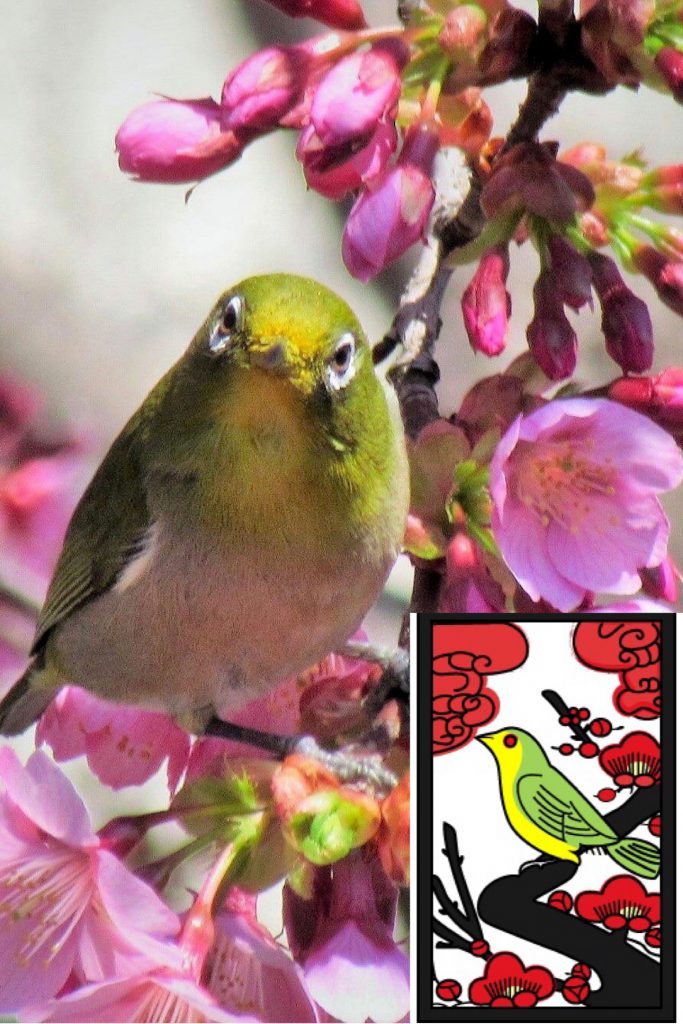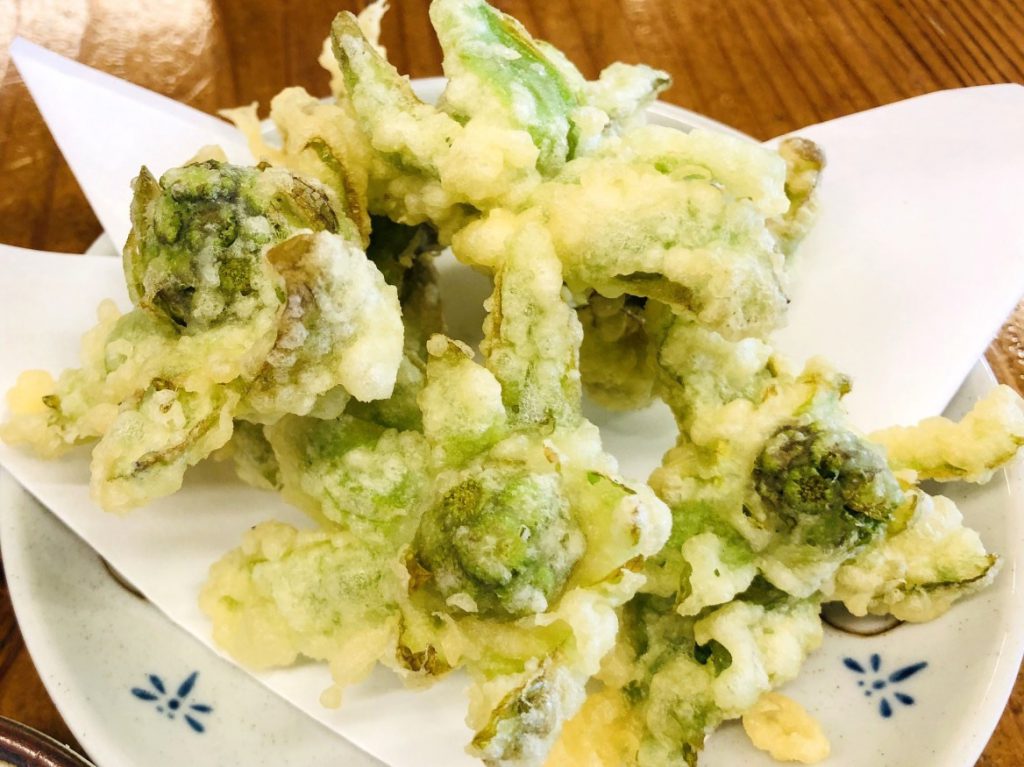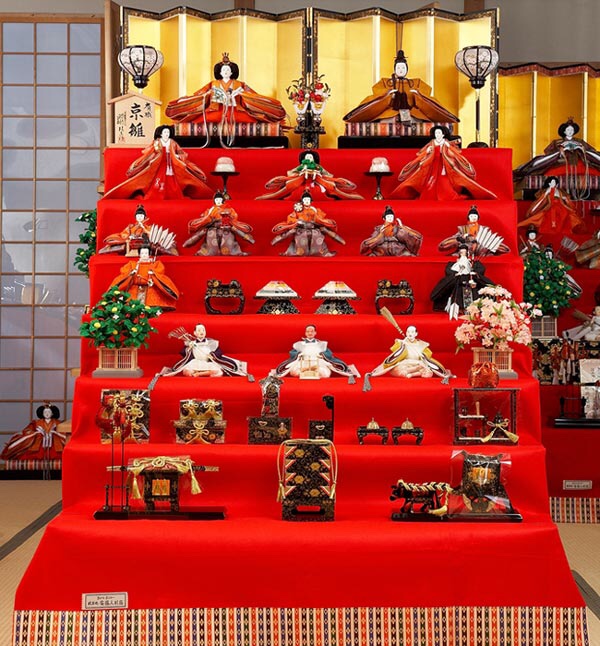
♭♭♭ うれしいひなまつり♭♭♭
The Doll’s Festival on March 3 is a festival that prays for the healthy growth and happiness of girls. In families with girls, dolls called “Hina-ningyou” are displayed. In the past, it was believed that dolls would drive out evil spirits, and so paper dolls were run down into rivers and the sea. But in the Edo period, dolls began to decorate. The dolls represent the state of the palace, and wear beautiful traditional palace costumes.
A set of dolls includes the Emperor(odairi-sama), the Empress(ohina-sama), three court ladies(sannin-kanjo), five court musicians(gonin-bayashi), the minister of the left(sadaijin), the minister of the right(udaijin) and three servants(sannin-jougo).
雛人形には京雛と関東雛があります。男雛が左(向かって右)で女雛が右が京雛、それが逆になっているのが関東雛です。伝統的に日本では左が上位なので、左大臣が上位、よって左大臣の人形も京雛では左です。関東雛でそれが逆になったのは、大正天皇の時だといわれています。西洋では伝統的に右が上位です。折からの欧化主義の影響だと思われます。今はごじゃまぜで、内裏雛(男雛)が左だけれども左大臣は右に飾っているご家庭も多いようです。
「うれしい雛祭り」はいまでは定番の歌になっていますが、ここに「すこししろざけ めされたか あかいおかおの うだいじん」という一節がありますが、侍従で赤い顔をしているのは白髪ひげを生やした左大臣で、左大臣は今でいう内閣総理大臣の事。作詞者サトウハチロウさんは向かって右のお人形(左大臣)を右大臣と呼んだのでしょう。ちなみに右大臣は今でいう防衛大臣のこと。文武のトップが左大臣であり、右大臣であったわけですね。
そのほか、厳密にいうと、「おだいりさまとおひなさま」のくだりの「おだいりさま」は内裏、つまり天皇、皇后のおふたり、「おひなさま」も男雛、女雛のぺあであって、数が合わなくなります。さらに言えば、「お雛様」の「雛」という意味は「田舎」という意味ですから、「雛人形」は「田舎人形」なんですね。
くだくだ申し上げましたが、雛祭りを取り上げただけでも、日本文化のカオス性と言いましょうか、よく言えば「おおらかさ」、悪く言えば「いい加減さ」が凝縮していると思います。政治、宗教、文化、生活、言葉、習慣、良いも悪いも、あらゆるところで見受けられる特徴です。
不思議の国、ニッポン、世界が注目しています。

